My Typical Day at WWT Slimbridge
As you probably guessed I spend quite some time at the Wildfowl & Wetlands Trust (WWT) reserve Slimbridge in Gloucestershire. It is a brilliant place to photograph wildlife especially during the winter months. As I spend a lot of time there I'd thought I tell you what I get up to on a typical day!
As a WWT member this entitles you to visit several of the hides from 08-15. Normal opening is 09-30. This is a great time to visit as you get the first rays of sunshine if the sun bothers to show! Also wildlife tends to be more active at the start and the end of the day. My first visit is the Rushy hide to watch the morning feed. There maybe hundreds of ducks, geese and of course the visiting Bewick's swans. Usually around a 100 visit the reserve in winter.
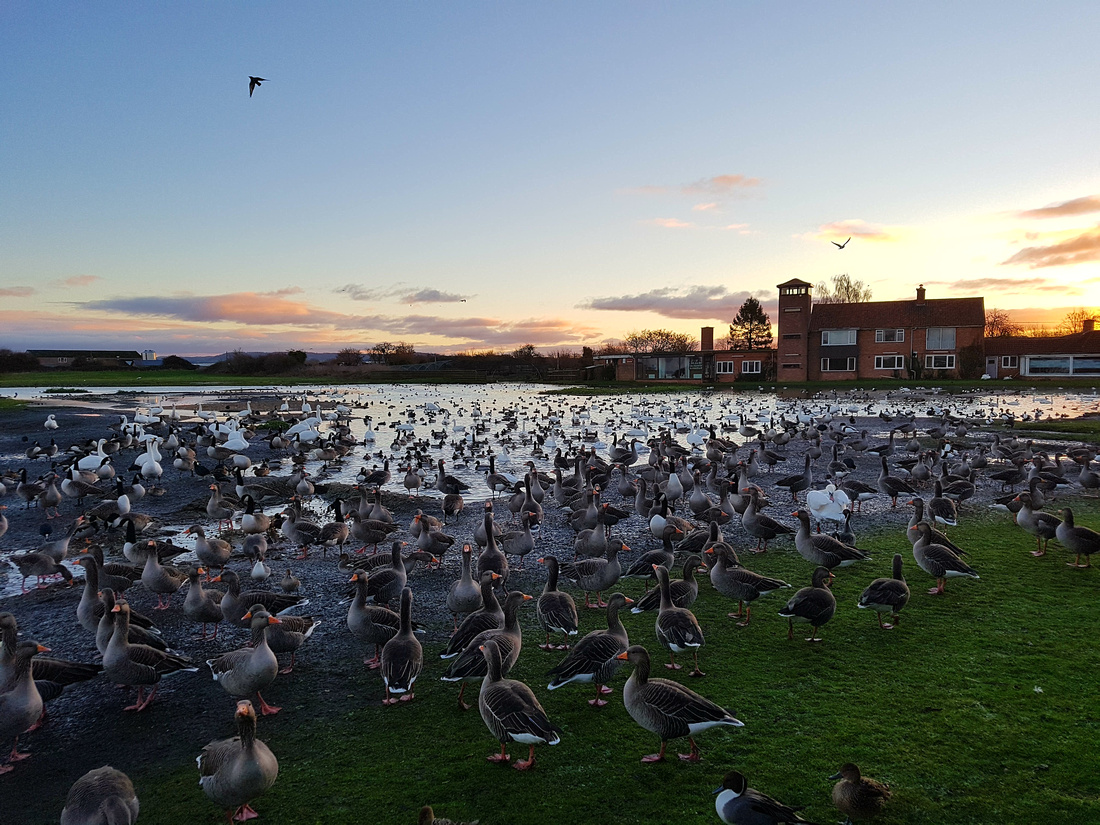
 First light from the Rushy hide
First light from the Rushy hide

 Bewick's swan coming in to land
Bewick's swan coming in to land
This is a great spectacle to witness which only happens in the winter months. My next port of call is down to the Holden tower (3 storeys high) which gives great views across the reserve especially to the River Severn and the fields which the wildfowl use for grazing. You sometimes get the odd rarity flying up the river but they are usually out of reach for the 500mm lens and a teleconverter! From here the wiley red fox maybe seen searching for a meal or the many raptors such as Peregrine falcon, Marsh harrier or Buzzards looking for breakfast. When the tide is on its way in the birds feeding on the mud will move further inland making them slightly easier to photograph. Between the Holden tower and the Rushy there are another four more hides to visit. Next stop is the Knott hide. The Widgeon duck are usually grazing here and sometimes a Song thrush can be spotted searching for worms.
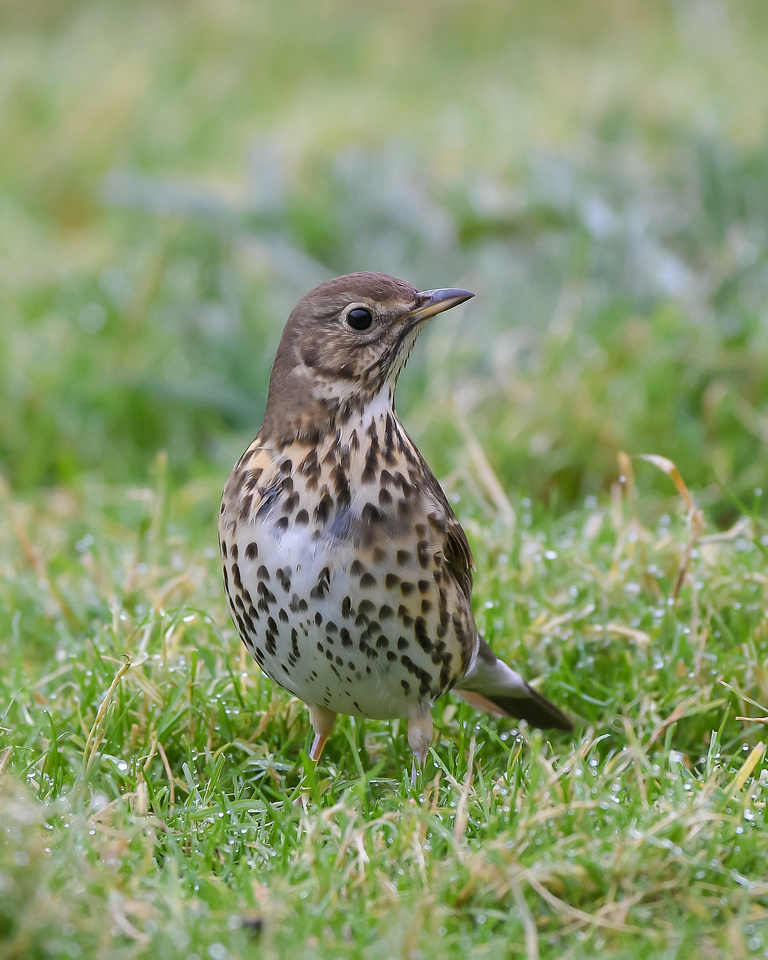

Song thrush
Directly opposite The Knott hide is the Stephen Kirk hide where you can spot various ducks, geese & swans and sometimes the waders such as Redshank, Ruff and Curlews. I have photographed kingfishers here in the past which tend to sit on the barbed wire fence. Not the best perch for a decent photograph but who can resist a kingfisher!
From here it is a short walk to the Willow hide. I always check the purpose made slots in the fence for anything. Winter is a good time to spot the elusive Water rail. In Spring & Summer you may spot various visiting warblers. The Willow hide is a great hide which was only made a few years ago. This is the best place to see the Water rail and the various small birds visiting the feeders. If you stay a while the Great spotted woodpecker may pay a visit.
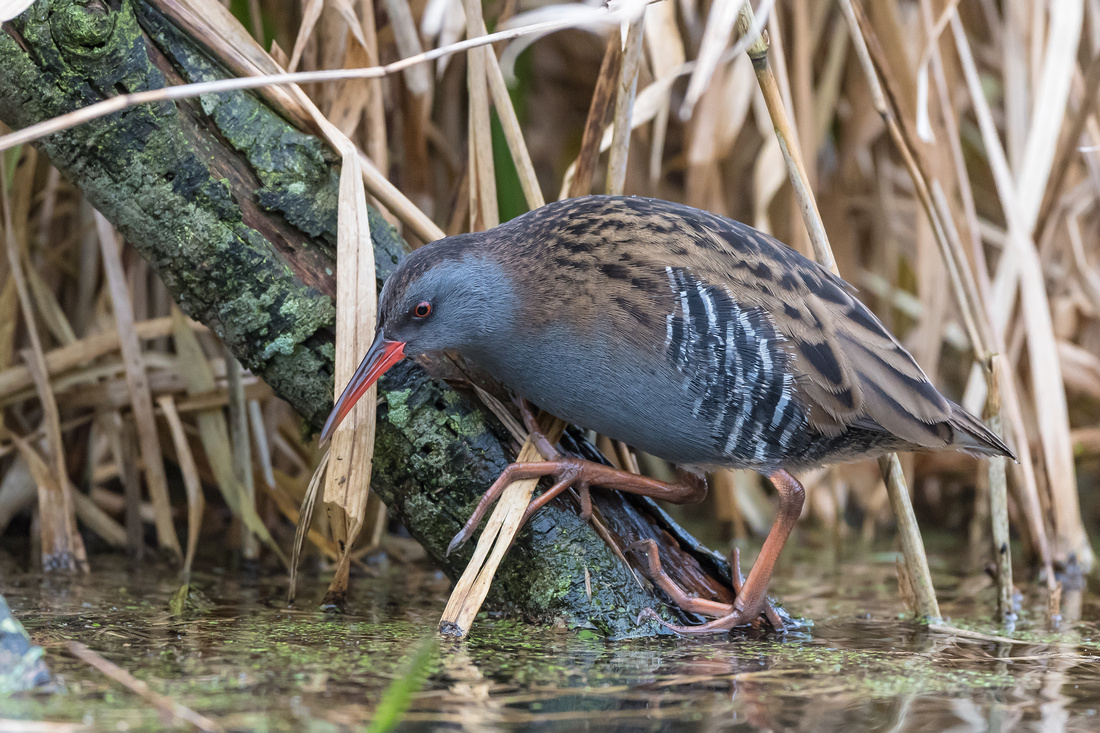
 The elusive Water rail from the Willow hide
The elusive Water rail from the Willow hide
In the hide there is a small purpose built hole just big enough to get the lens in and get some great low down shots of the Water rail such as the one above.
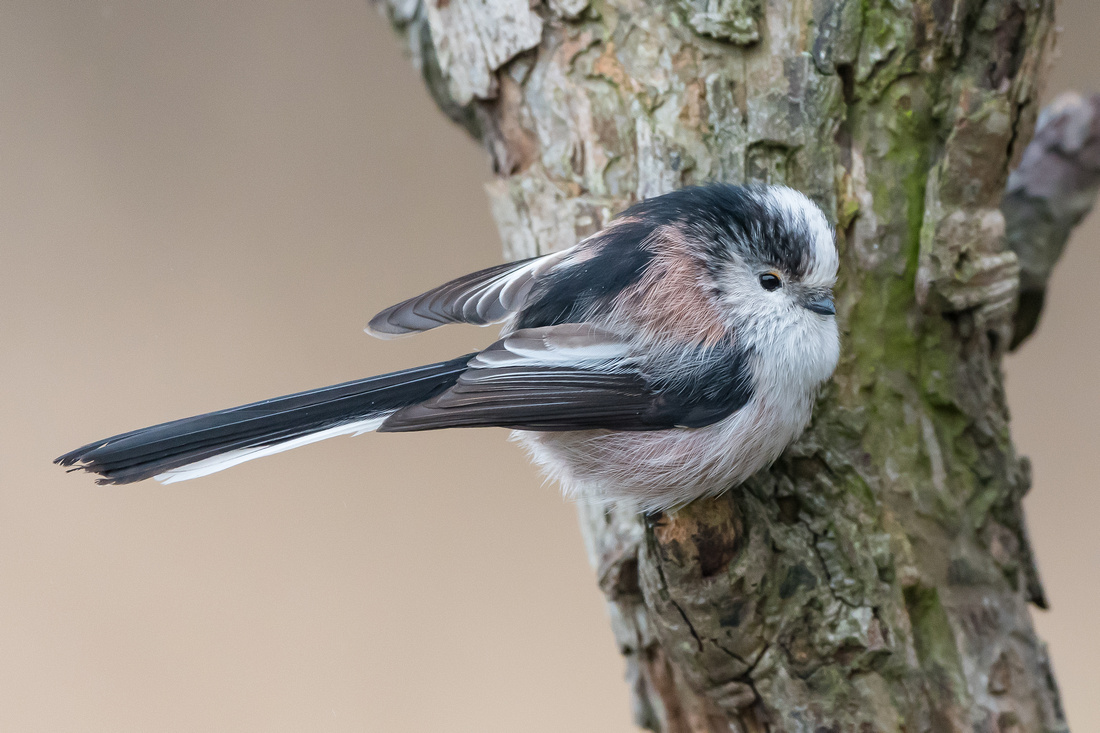
 Long-tailed tit from the Willow hide
Long-tailed tit from the Willow hide
Opposite the Willow hide is the Robbie Garnett hide. A great place to photograph birds in flight and landing on the pools. This hide is where most of the photographers hang out. Also from here in winter there is the stunning spectacle of hundreds of Lapwing, Golden plover, Curlew, Northern pintail, Widgeon, Teal, Shovelor, geese & swans. It is even more of a spectacle when the birds of prey join the party causing panic and mayhem sending thousands of birds into the air. One of the reserves great spectacles. After all this excitement it is usually 09-30. The rest of the reserve is now open so I make the long trek down to the Kingfisher hide. On the approach to the hide walking down the South Finger watch for the Treecreepers, Long-tailed tits & Goldcrest in the trees. From the hide you may see the visiting Great Bittern (not been spotted this winter). On the pool Little grebe and Gadwall are usually around. In Feb-Apr the Kingfishers have been spotted pairing up and digging a nest in the far bank on many occasions. At this time the windows are locked to prevent any disturbance. The feeders attract a variety of small birds such as Blue tits & the finches. Siskin and Brambling have been spotted here. Usually the sparrowhawk will make an unwelcome visit. Otters have also been spotted from here and the South Finger.
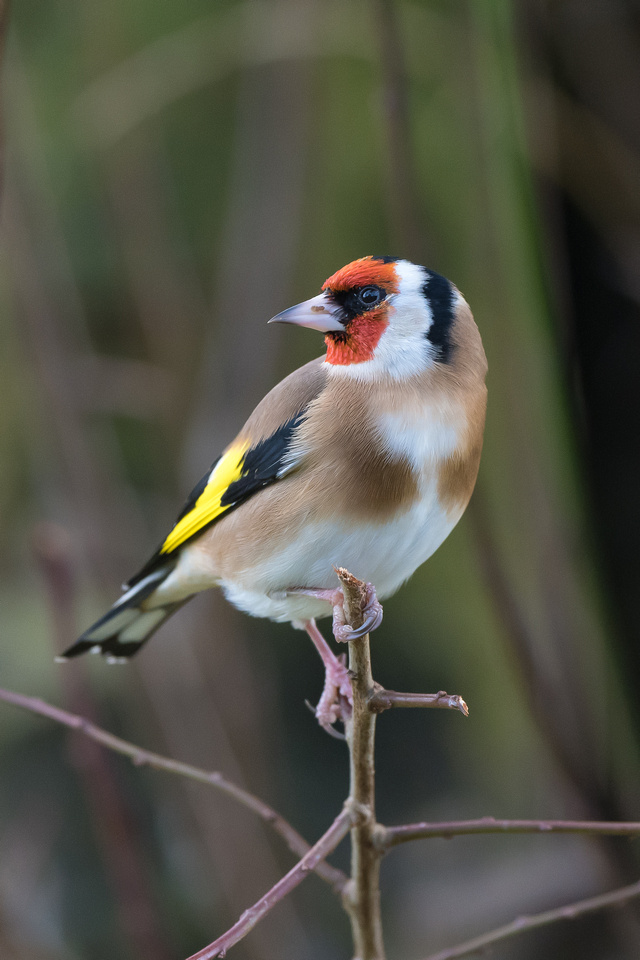

Goldfinch from the Kingfisher hide
From here I head back towards the reserve calling in briefly to the Van de Bovenkamp hide. If the Bittern is around it is a good place to get some flight shots. From here I grab a coffee from the kiosk and visit the Zeiss hide. I never see much close I can photograph here but you get some great views towards the sea wall watching the many distant wildfowl & waders. A good place to watch the noisy Rooks feeding and gathering nesting material.
Next stop is the Hogarth hide which is on the South Lake. This winter has seen great numbers of Common snipe and Lapwing visit here. It's best to photograph here later in the day when the sun has moved round. On an overcast day (like most times when I visit!) good shots of the Snipe can be had and they will come close to the hide. Also watch out for the the small waders amongst the lapwing such as Dunlin and Little Stint.
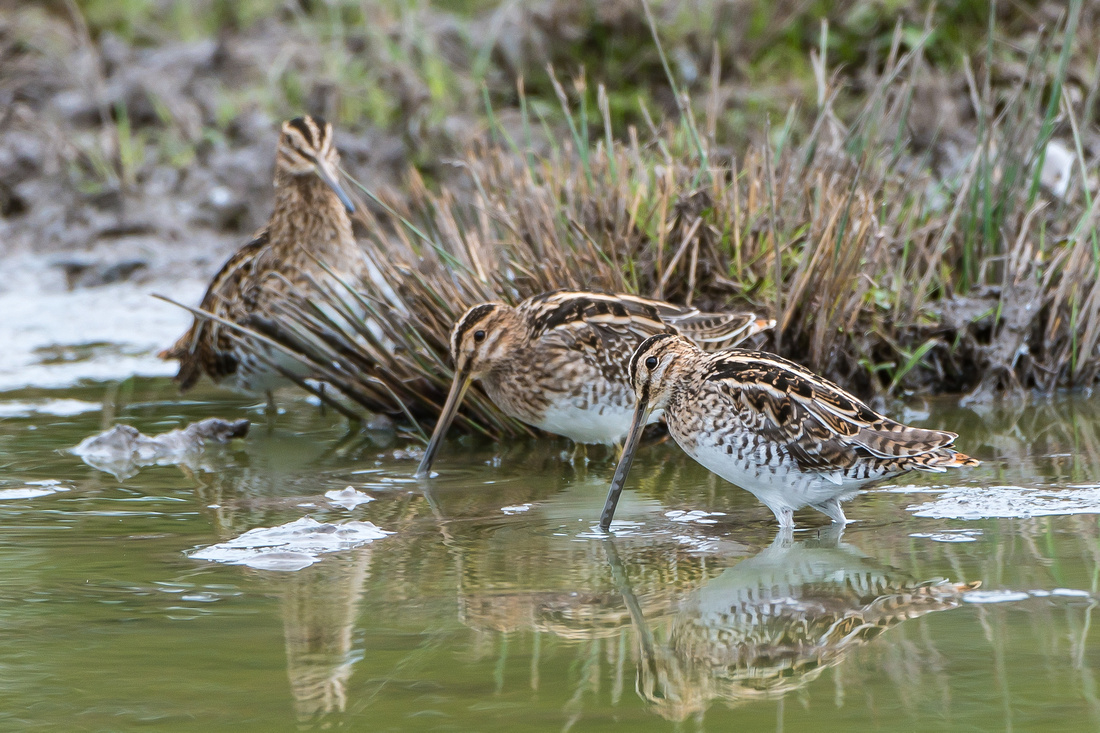
 Common snipe in front of the Hogarth hide
Common snipe in front of the Hogarth hide
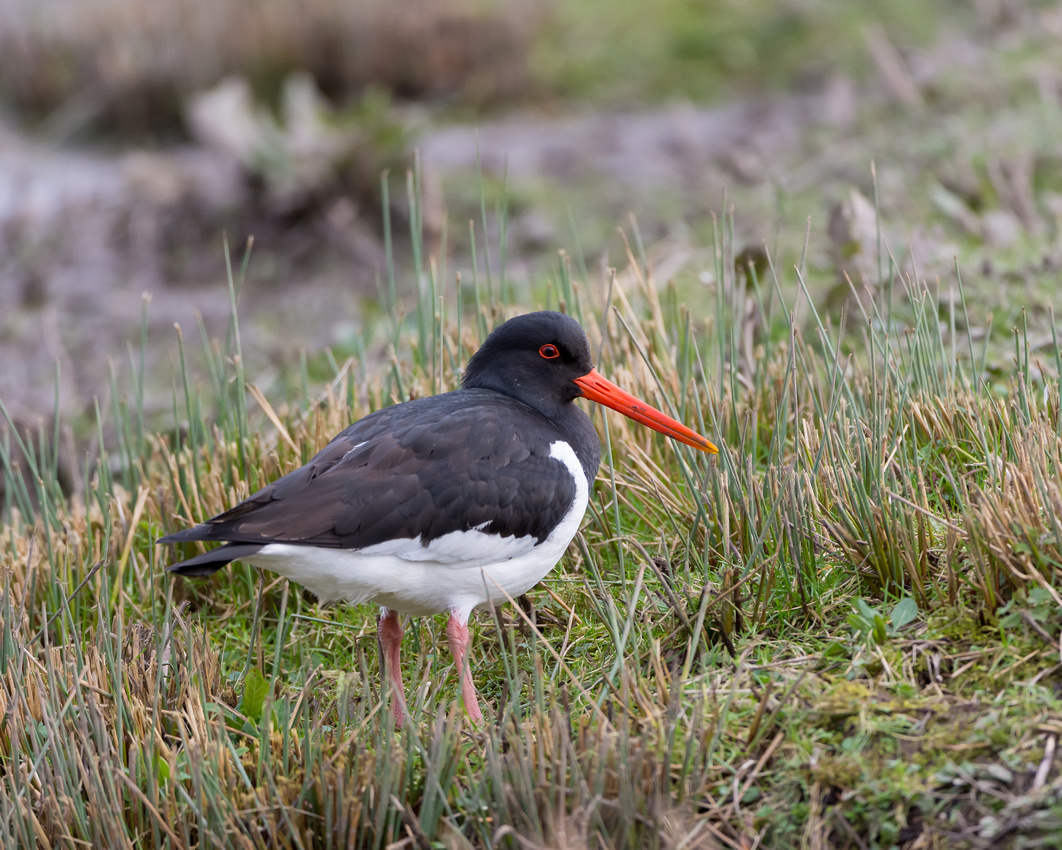
 Oystercatcher from the Discovery hide.
Oystercatcher from the Discovery hide.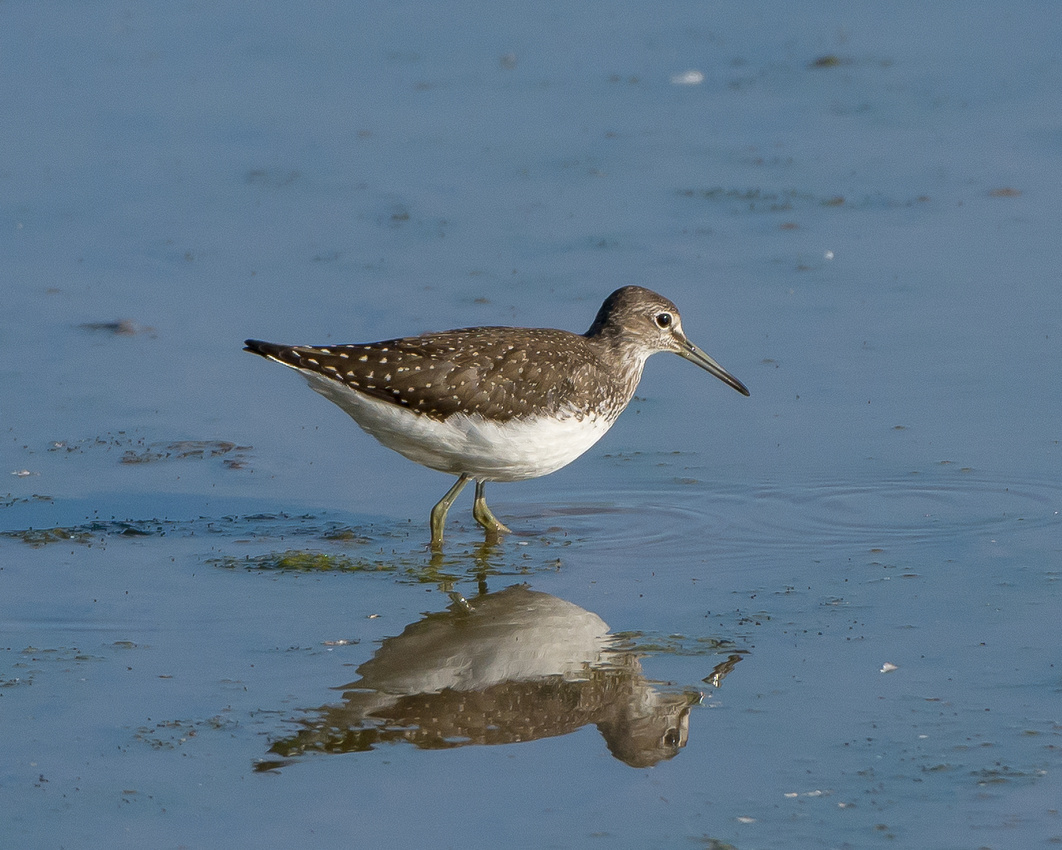
 Green sandpiper. A summer visitor to Slimbridge
Green sandpiper. A summer visitor to SlimbridgeI am now offering one to one tuition for beginners or experienced photographers at Slimbridge. I will be teaching you the ideal camera settings which I use and composition techniques to get the best out of your wildlife photography. Also teaching you things to watch out for whilst photographing wildlife and other tips and techniques I have used over the years to great success.
For more information regarding these day courses please contact me to let me know your requirements and check for availability.
The full day course (9.30 till 16.30) is £110 per person or the half day course (09.30 till 12.30) is £65 per person.
These prices do not include admission to the centre.